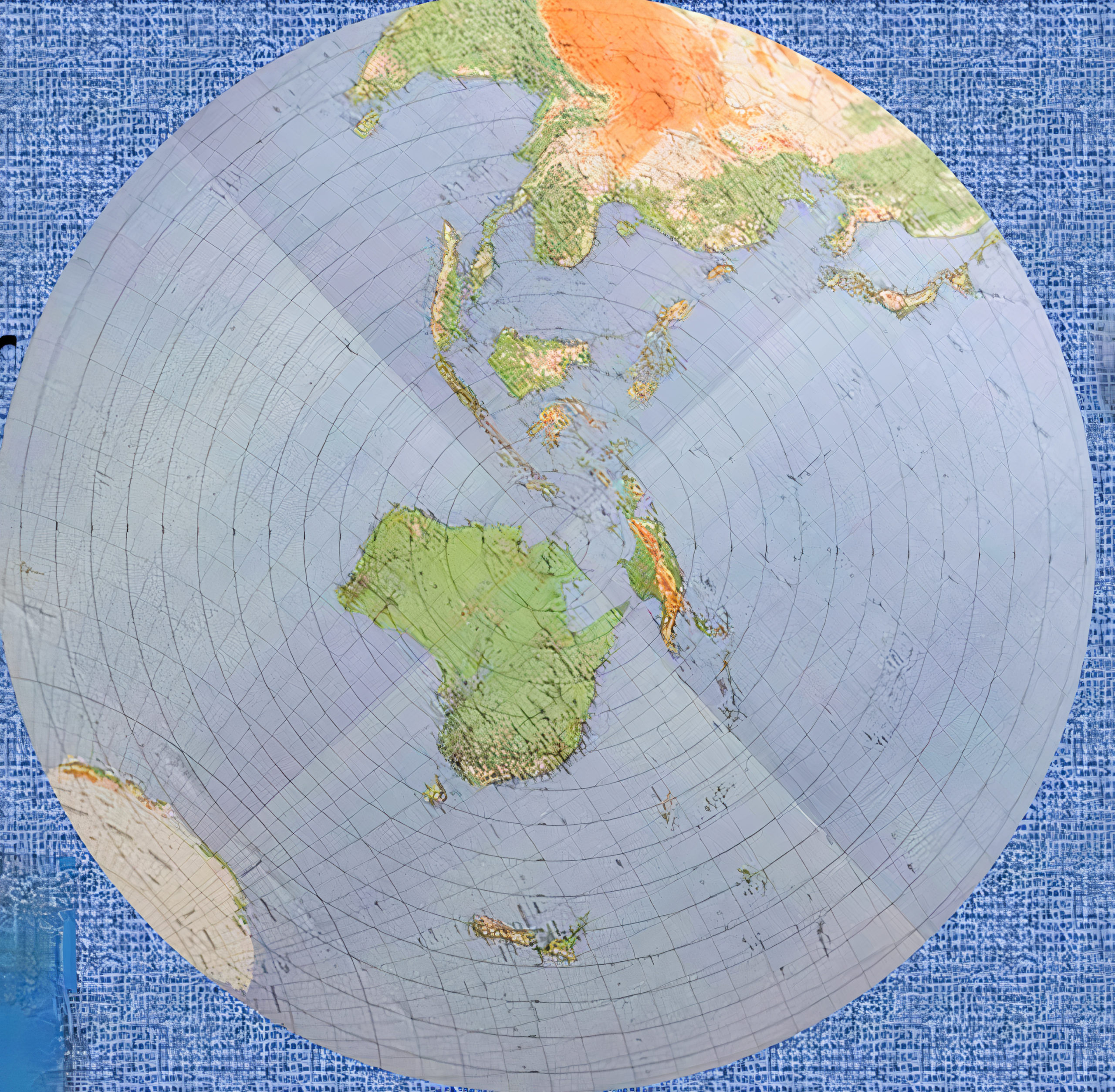The Role of Geography in the Direct Defence of Australia
As Australia reworks its deterrence and defence strategy to deal with China, the question of the reach of the Australian defence force as well as its survivability is a key one.
In providing answers to these questions, Australia’s geography can play a key role, in both providing for deployment and sustainment mobility as well as providing diverse launch points for longer range effects, alone or with allied engagement from Australian territory.
I had a chance to discuss these developments with Dr. Andrew Carr of Australian National University during my current visit to Australia.
Carr started by reminding me that the question of the use of territory in the direct defense of Australia has a long history. “Looking back at Australian history, there has been experience which can be drawn on as we look forward. And much of our investment in the ADF has focused on infrastructure in Australia. But with the more direct challenge posed by China, there is a re-think and re-focus going on with regard to how best to leverage Australian territory in our defence posture.”
Carr noted that the focus has previously not been fighting off Australian territory, but that is a focus now. But the focus now is upon “what are the key areas of Australia for defence efforts, whether population centers, bases, supply centers, production centers and so on. In effect, what is being considered is an archipelago concept in terms of understanding how the Australian territorial chessboard can be most effectively utilized in deterrence and defence.”
This has an important impact on the Australian Army, for example, as the Army shifts from a primary focus on being an expeditionary force going somewhere globally, to being a key enabler of the direct defence of Australia and leveraging Australian territory as an enabler in regional defence and deterrence.
The Northern and Western parts of Australia provide significant territory in such an effort, but resources and population are scarce to do so. But new technologies – notably various autonomous technologies, such as UAVs, USVs UUVs, and ground robotic vehicles – provide for new ways to leverage Australian territory even in the presence of limited civilian infrastructure.
If one thinks of Australian territory as a launchpad for operations into the region, then how do you organize the ADF to do so?
How do you work with core allies such as the U.S. and Japan to share use of territory for projection of force?
What kind of new basing solutions might be created to share operations between Australians and allies and to enable more robust ADF national operations?
Care noted: “We are perhaps talking about a new alliance bargain for Australia. We would work together as coalition partners, and we would be doing tasks towards a common mission.
“But I think clarity about how Australia contributes to the alliance, what Australia is getting from that alliance are actually going to be first order questions in order to make the specific operations from Australian soil more effective.
“If we just simply have more Japanese forces and more American forces here on Australian soil, and they’re replicating what the Australians are trying to do, or they’re competing for use of the key locations and key airfields, and things like that, then there’s going to be real challenges and impediments to operations and potentially negative public spillover from such strategic confusion.”
Carr concluded: “When we think in terms of a chessboard or archipelagic metaphor, then some of the distinctions between what is specifically Australian territory and what are kind of forward presence points are crucial will start to become clearer. It will be our ability to move between a whole range of access points that will be absolutely critical.”
Featured image as presented in briefing by John Blaxland presented at RUSI Australia, Canberra, meeting on 12 April 2023.

